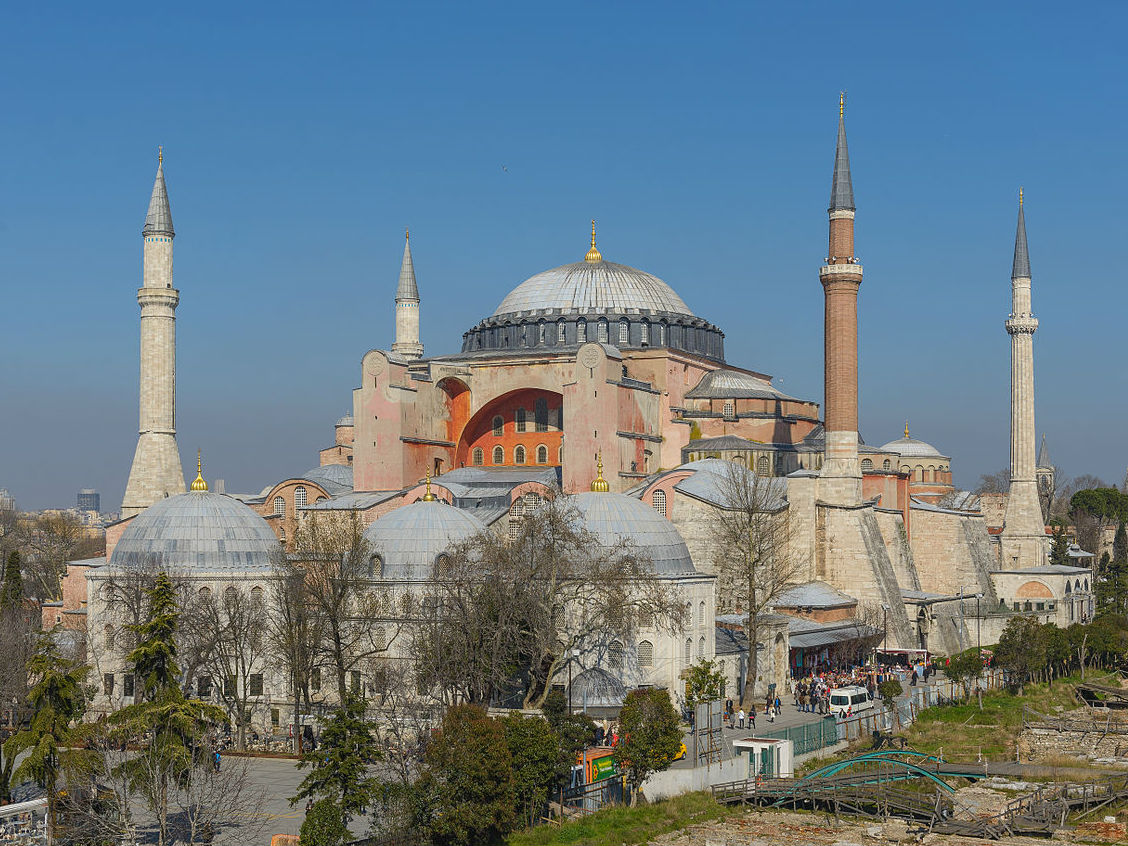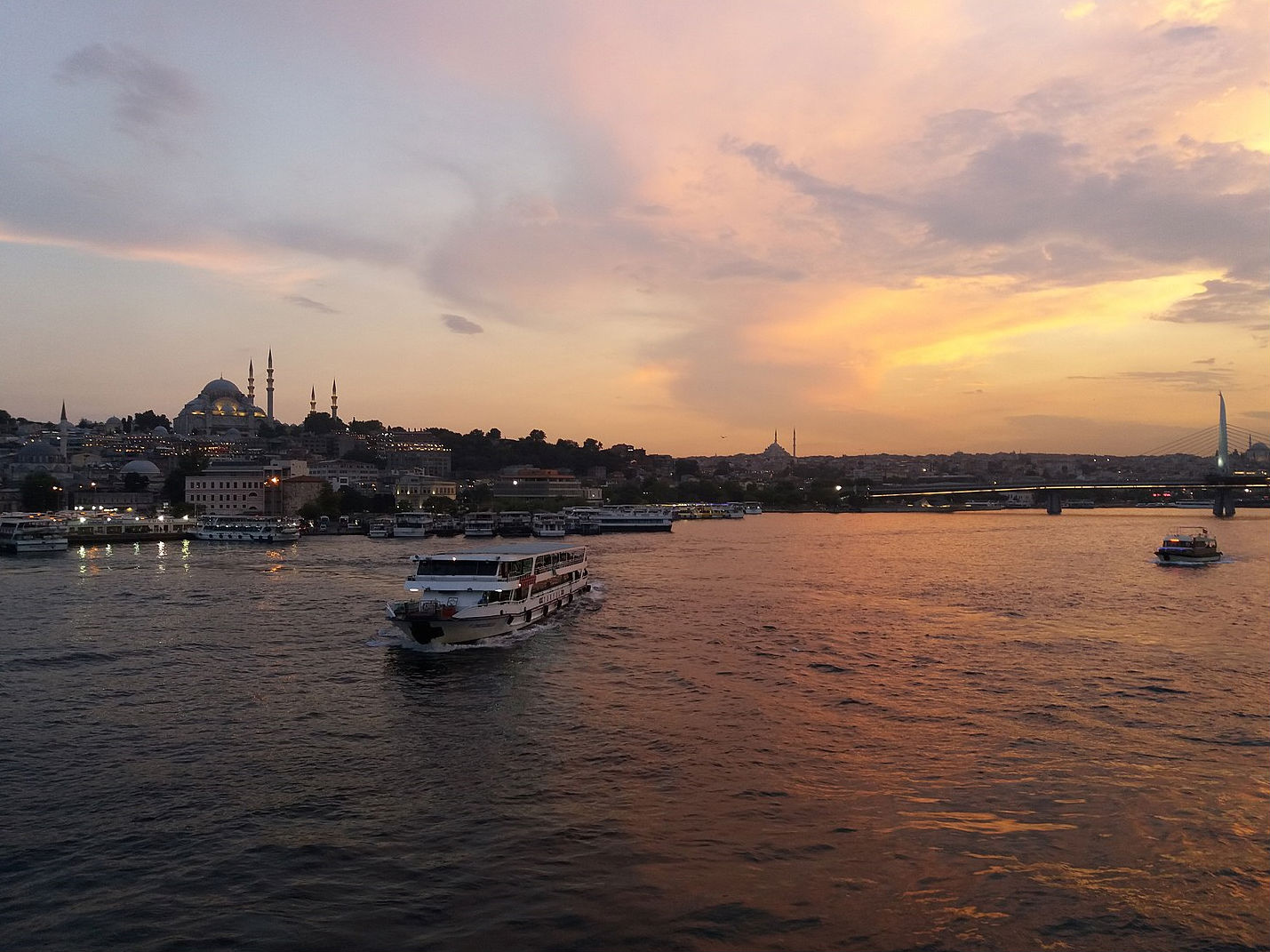|
|

|
|
Istanbul, formerly known as Byzantium and Constantinople, is the most populous city in Turkey and the country's economic, cultural and historic centre. Istanbul is a transcontinental city in Eurasia, straddling the Bosporus strait (which separates Europe and Asia) between the Sea of Marmara and the Black Sea. Its commercial and historical centre lies on the European side and about a third of its population lives in suburbs on the Asian side of the Bosporus. With a total population of around 15 million residents in its metropolitan area, Istanbul is one of the world's most populous cities, ranking as the world's fourth largest city proper and the largest European city. The city is the administrative centre of the Istanbul Metropolitan Municipality (coterminous with Istanbul Province). Founded under the name of Byzantion on the Sarayburnu promontory around 660 BCE, the city grew in size and influence, becoming one of the most important cities in history. After its reestablishment as Constantinople in 330 CE, it served as an imperial capital for almost 16 centuries, during the Roman/Byzantine (330–1204), Latin (1204–1261), Palaiologos Byzantine (1261–1453) and Ottoman (1453–1922) empires. It was instrumental in the advancement of Christianity during Roman and Byzantine times, before the Ottomans conquered the city in 1453 CE and transformed it into an Islamic stronghold and the seat of the Ottoman Caliphate. Under the name Constantinople it was the Ottoman capital until 1923. The capital was then moved to Ankara and the city was renamed Istanbul. The city held the strategic position between the Black Sea and the Mediterranean. It was also on the historic Silk Road. It controlled rail networks between the Balkans and the Middle East, and was the only sea route between the Black Sea and the Mediterranean. In 1923, after the Turkish War of Independence, Ankara was chosen as the new Turkish capital, and the city's name was changed to Istanbul. Nevertheless, the city maintained its prominence in geopolitical and cultural affairs. The population of the city has increased tenfold since the 1950s, as migrants from across Anatolia have moved in and city limits have expanded to accommodate them. Arts, music, film, and cultural festivals were established towards the end of the 20th century and continue to be hosted by the city today. Infrastructure improvements have produced a complex transportation network in the city. Over 12 million foreign visitors came to Istanbul in 2015, five years after it was named a European Capital of Culture, making the city the world's fifth most popular tourist destination. The city's biggest attraction is its historic centre, partially listed as a UNESCO World Heritage Site, and its cultural and entertainment hub is across the city's natural harbour, the Golden Horn, in the Beyoğlu district. Considered a global city, It hosts the headquarters of many Turkish companies and media outlets and accounts for more than a quarter of the country's gross domestic product. Hoping to capitalize on its revitalization and rapid expansion, Istanbul has bid for the Summer Olympics five times in twenty years. The Wikipedia link below gives much more detail under the following headings: Toponymy, History, Rise and fall of Constantinople and the Byzantine Empire, Ottoman Empire and Turkish Republic eras, Geography, Climate & Climate change, Cityscape, Edge cities (office and retail districts), Architecture, Administration, Demographics, Religious and ethnic groups, Politics, Economy, Culture, Leisure and entertainment, Sports, Media, Education, Public services, Transportation, Air pollution from traffic, Sister and twin cities and more. Source: https://en.wikipedia.org/wiki/Istanbul#Ottoman_Empire_and_Turkish_Republic_eras |


|
Historic Sites:
Natural Sites:
Natural Sites: